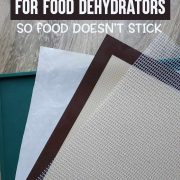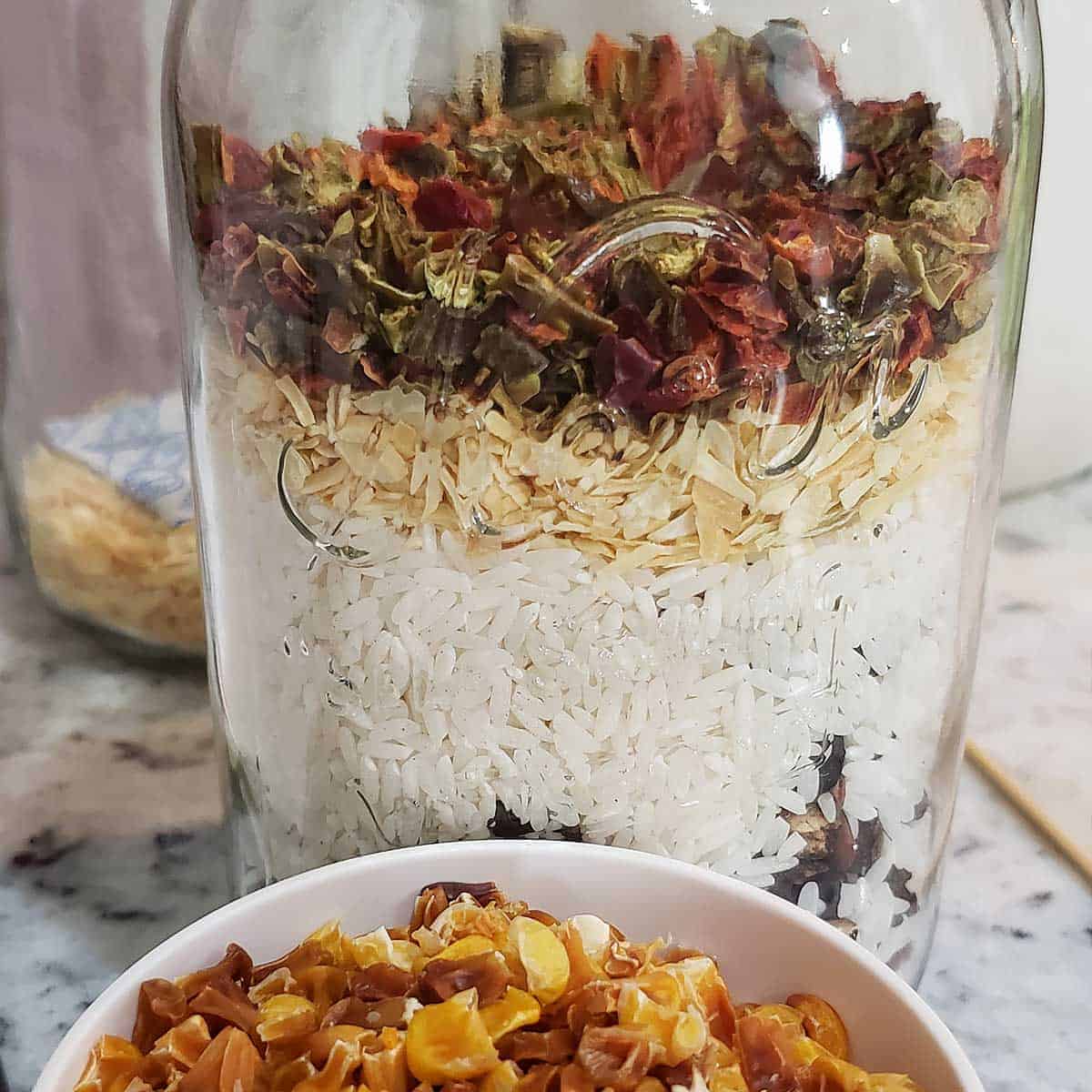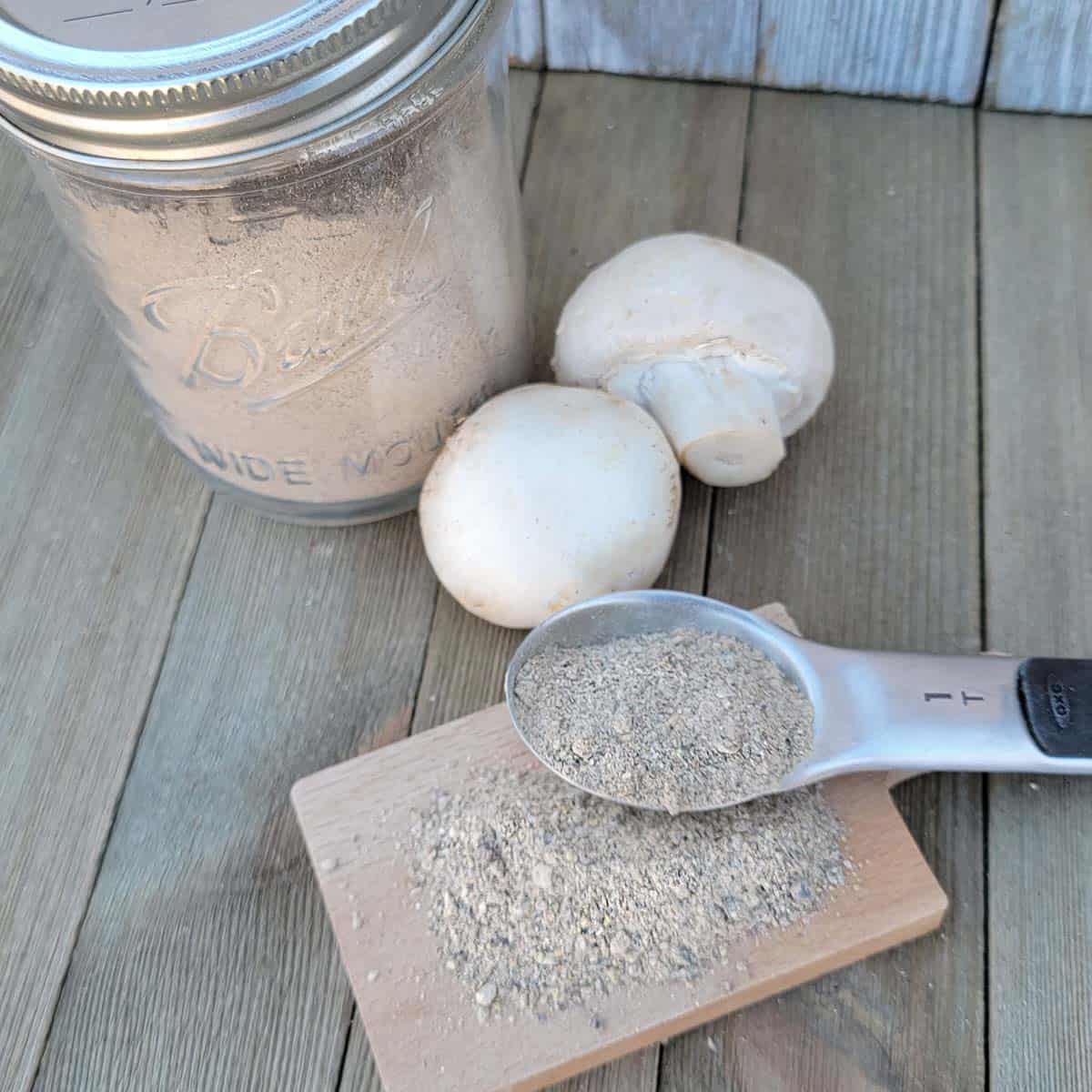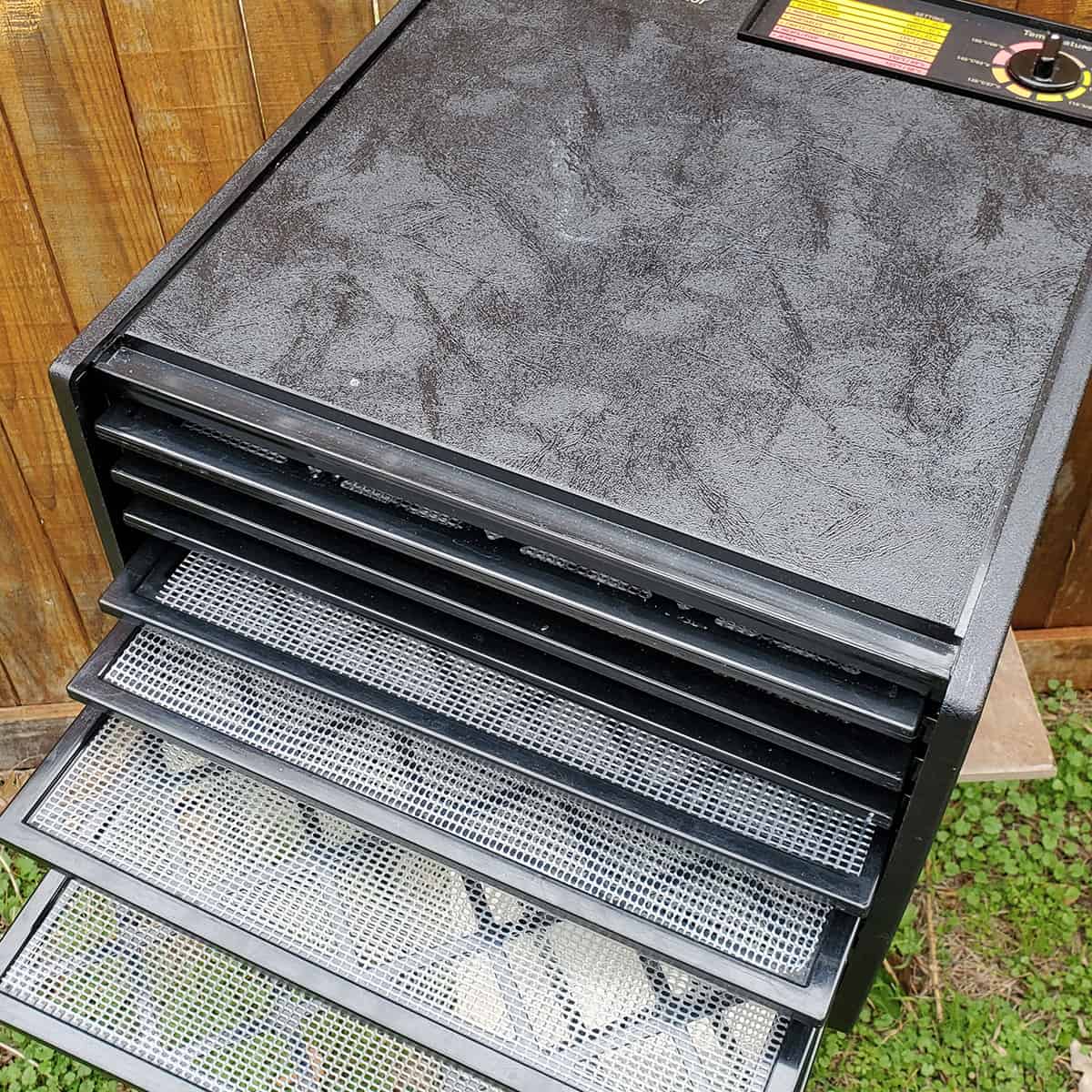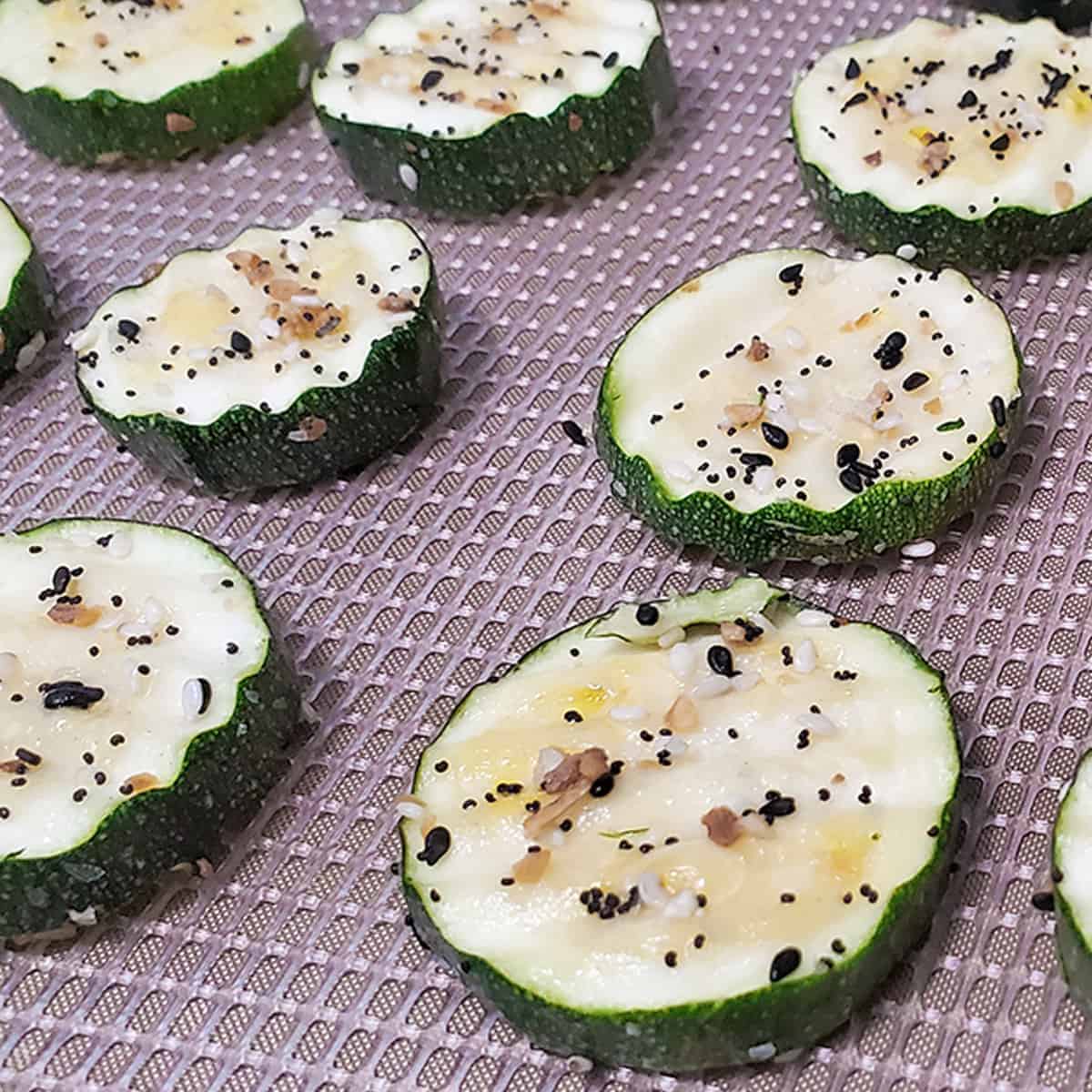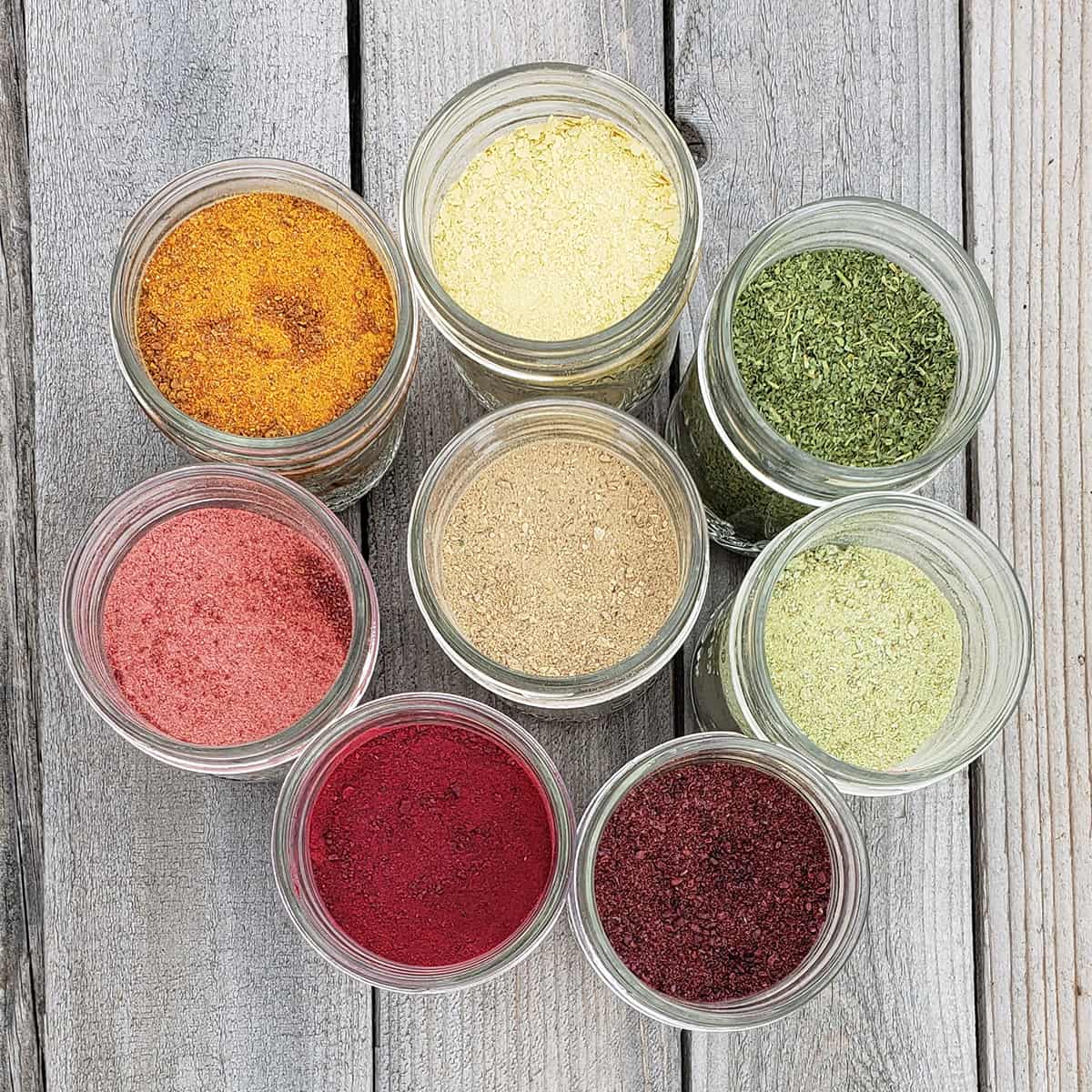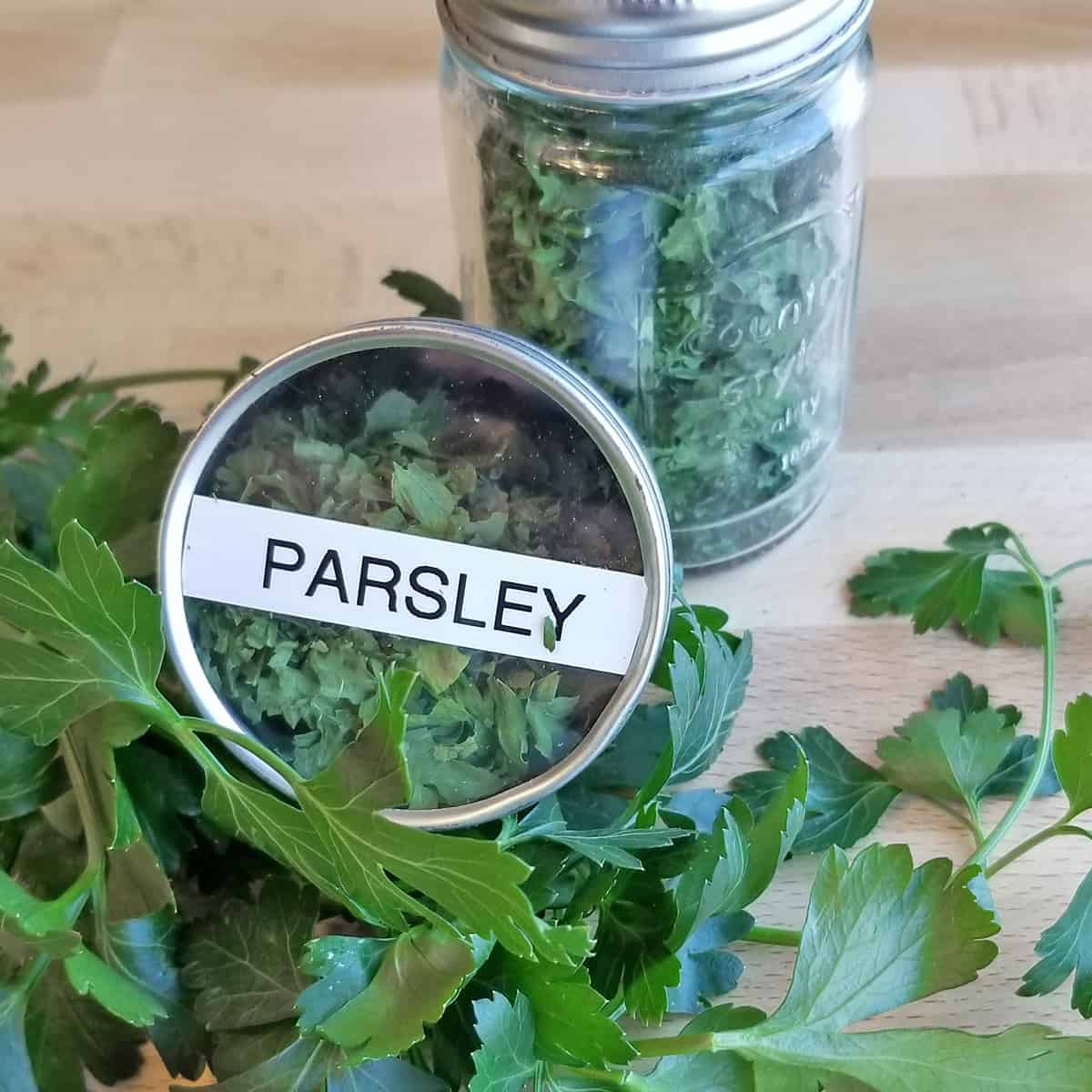5 Best Tray Liners for a Food Dehydrator
Need to know the best tray liner for your food dehydrator? While silicone mesh is the number one option, you may prefer one of the other options in your home!
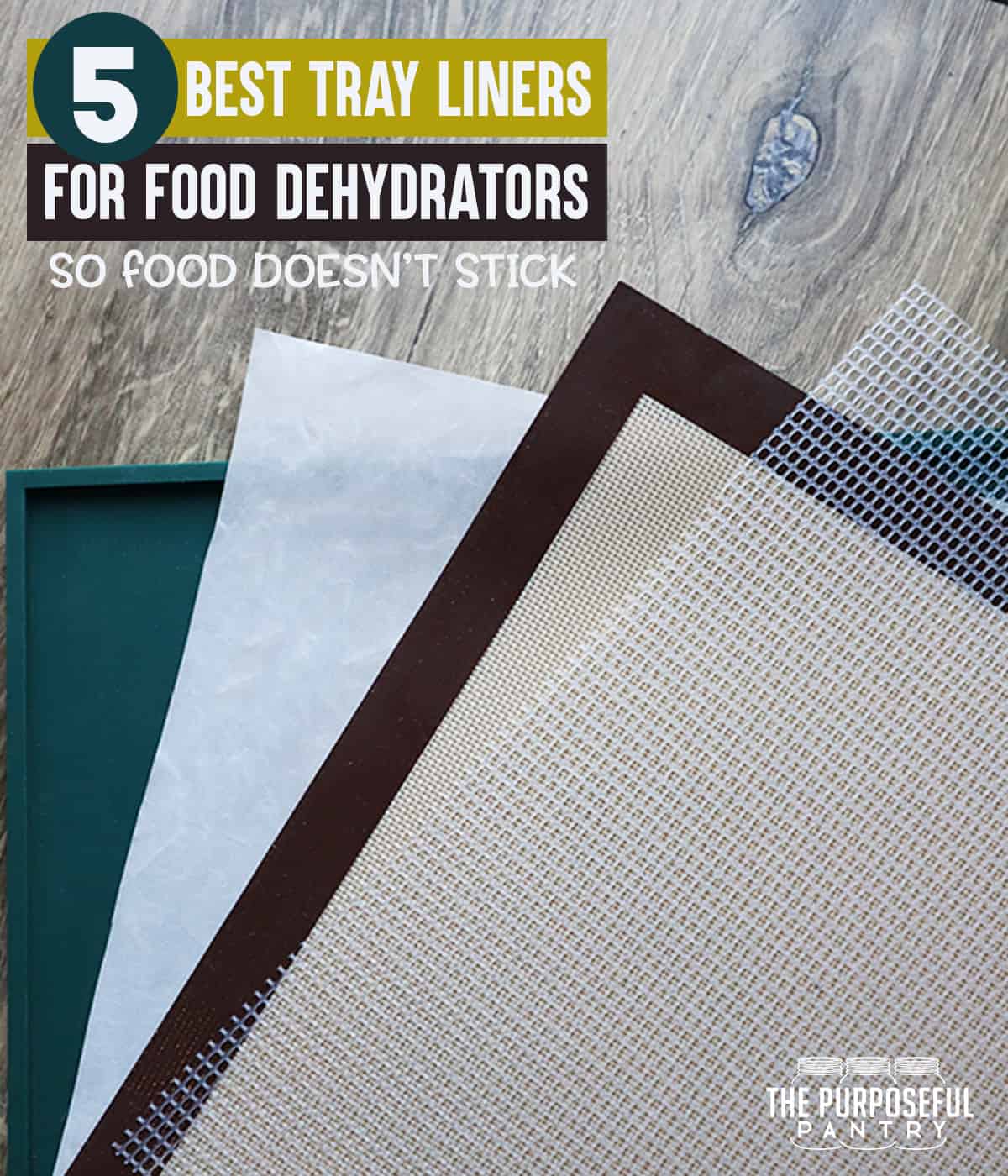
You got a brand new dehydrator! YAY! It’s going to be so awesome to begin to dehydrate food and stock your pantry shelves for the future. All that garden produce will look so pretty!
But when you open the package, all you find to stop food from sticking to trays or to create fruit leather is one very cheap plastic tray and perhaps one piece of plastic mesh.
And what if your dehydrator tray holes are huge? What happens when food falls through?
I’ve got some answers and help for you!
The Best Tray Liners for Food Dehydrators
These options for dehydrator liners will work for just about every machine on the market. Some machines that have holes in the middle of the tray may need special liners made only for them, but you may be able to adapt the mesh liner or parchment paper for them with some careful cutting!
Best Overall Liner
Dehydrator Mesh
Dehydrator tray mesh liners come in either silicone or plastic, and is the workhorse of dehydrators everywhere. They are my most used liners because they are useful for most of what I do.
Benefits:
- Inexpensive
- Washable. The silicone dehydrator mesh can also be washed in the washing machine with your kitchen towels. Just don’t dry them. The plastic dehydrator mesh is relatively easy to clean in the sink.
- It can be cut to fit almost any size of dehydrator tray.
- Easy to store (roll up in a shipping tube, place in a pizza box or store right in your machine).
- Can be used all the time – no need to remove while operating your dehydrator.
- It acts as a funnel to get dried food into your jars or bags.
- It can be doubled to act as a cover for doing greens to help push them down to get into tightly spaced dehydrator trays (Hello, Excalibur, we’re talking about you!).
Drawbacks:
- Can be hard to clean if something really sticks – I have found little that doesn’t come off easily, but ground beef jerky has been one that really stuck to the plastic mesh.
- Very small particles of food can fall through. However, with a tray catcher at the bottom, there is no problem of cleanout.
- Doesn’t work for fruit leather.
- It is made of either plastic or silicone, and if you are watching what you use that way, you may want to switch to cotton.
- Silicone mesh sheets are not rigid, and need a little more care when removing food.
- May stain when drying bell peppers, tomatoes, and a few other vegetables, but it doesn’t affect the use.
“A stained dehydrator sheet is a sign of a happy and fully stocked pantry”
Darcy @ ThePurposefulPantry
Please note: While the plastic craft canvas in the needlework section at your favorite hobby store is cheap, it is not rated for food (per the manufacturer), so use at your own risk. The plastic may not be the same kind of plastic that can handle the low heat of your dehydrator.
Parchment Paper
Parchment paper is the easiest choice for lining a tray to make any snack or fruit leather. You may already have it in your kitchen (and if you don’t, you can purchase unbleached parchment paper easily at Amazon).
Benefits:
- Already in many kitchens.
- Easy to adapt for many trays and to make into fruit leather-lipped trays. See this easy dehydrator tray hack!
- Can be reused a few times with dry ingredients.
Drawbacks
- Disposable. While some may see that as a benefit since no clean-up is required, it’s not necessarily sustainable over the long term.
- Very liquid things (such as fruit leather, salsa or tomatoes) may stick to it once it absorbs that liquid.
- Many parchment papers are coated with a thin layer of silicone (which, if you’re trying to stay away from plastics, is a problem).
Fruit Leather Sheets
Options:
- Silicone: Thin to thick fiberglass-embedded silicone that are heavy-duty and great for fruit leathers or general matts.
- Teflon: Less expensive sheets that are thin, non-sticking.
- Lipped Silicone Trays: A thick silicone tray that has been formed to have a lip around the edge to stop liquids from spilling and give fruit leathers a defined edge.
- Plastic: these are either from the manufacturer (which I recommend for using as crumb catchers on the bottom of your machine) or plastic (cutting board-like) sheets. These are not my recommendation.
Benefits:
- Non-stick
- Sustainable for use (non-sustainable if you object to plastics or Teflon)
- Easy to clean for the most part
Drawbacks:
- Most are made from some plastic derivatives.
- The solid silicone-lipped trays can be hard to clean because they attract crumbs and are susceptible to hard water stains.
- Can be expensive if you use a name brand, but there are off-brands available now.
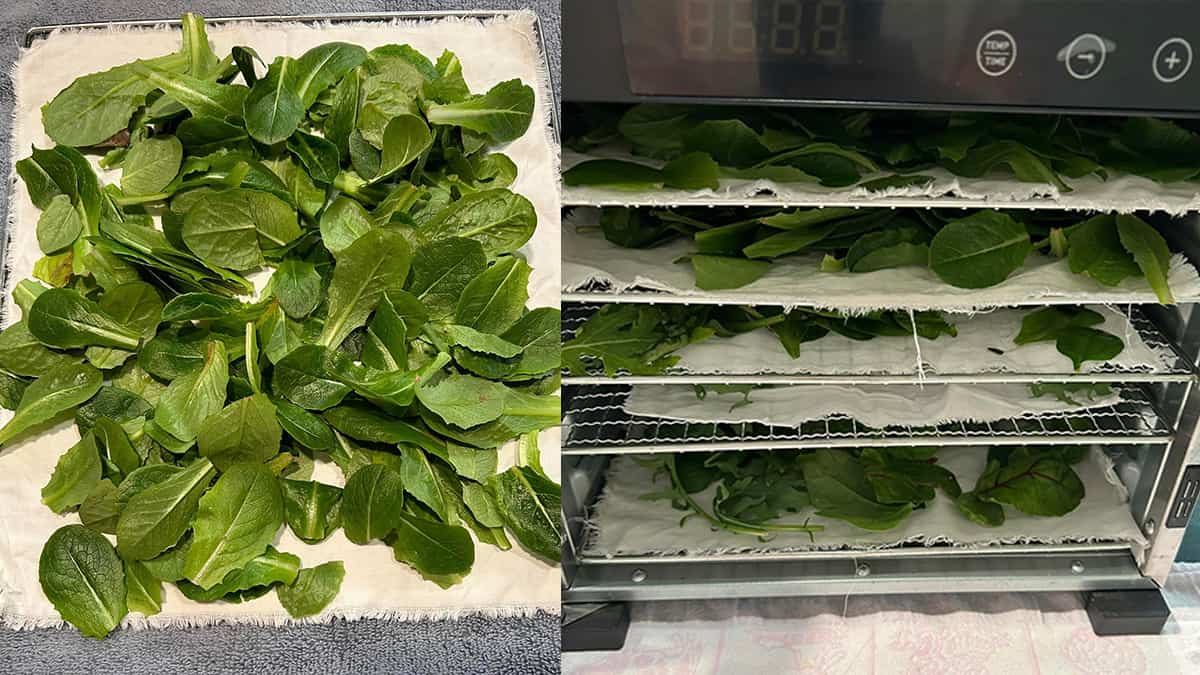
100% Cotton Cloth
Benefits:
- Sustainable
- Washable
- Almost completely non-stick
Drawbacks:
- May pick up unwanted things in the washing/drying cycle. This is why it is not my #1 choice and why I don’t use it for me, but hundreds of people do.
Note: Please choose a 100% cotton or linen fabric that is not dyed. Be sure to yse pinking shears on the edges or sew a seam to prevent fraying.
Plastic Wrap
This is not my choice, but can be an option if you are doing fruit leathers and need something and you don’t have fruit leather sheets. Be sure to make it wider than your tray and bunch up the edges to help prevent purees from spilling.
Other Options
These options aren’t recommended by most safe food handling recommendations, but depending on your situation, may be an only option for you.
- Thin plastic cutting boards – these may work for you, the the plastics tend to be on the cheap side, and you need to check if they have any temperature restrictions as your dehydrator may reach temperatures of up to 165°F / 72°C.
- Tulle – Often used to line a tray to keep fall particles from falling through as an alternative for mesh. Tulle comes in varying degrees of quality, so be wary of any that may be cheap and more plastic than actual fiber.
- Silicone baking sheets – Many are embedded with fiberglass to keep their shape, so don’t cut them.
- Window screen – These are often used in outdoor solar dehydrators. They are not food-grade, and some coatings maybe harmful.
Not recommended
These liners should be liners of last resort. Be careful and understand their drawbacks, and use if there’s just nothing else to use and you’ve got to get something finished.
- Wax Paper – Wax paper can release wax onto your foods at higher temperatures.
- Aluminum foil – This can create hot spots that will cause some foods to burn. Plus, it may be a problem for you to use aluminum.
- Window screens – These are often used in outdoor solar dehydrators or DIY models. They are not food-grade, and some coatings may be harmful.
What do you recommend?
What’s your favorite liner to use on your dehydrating trays?

